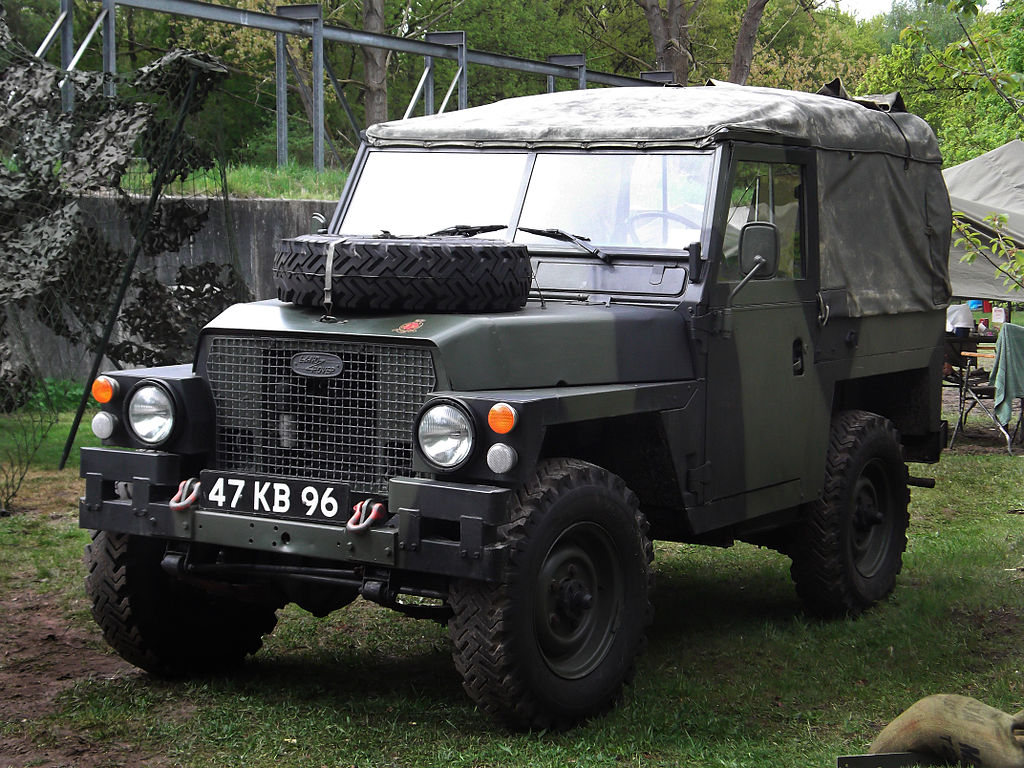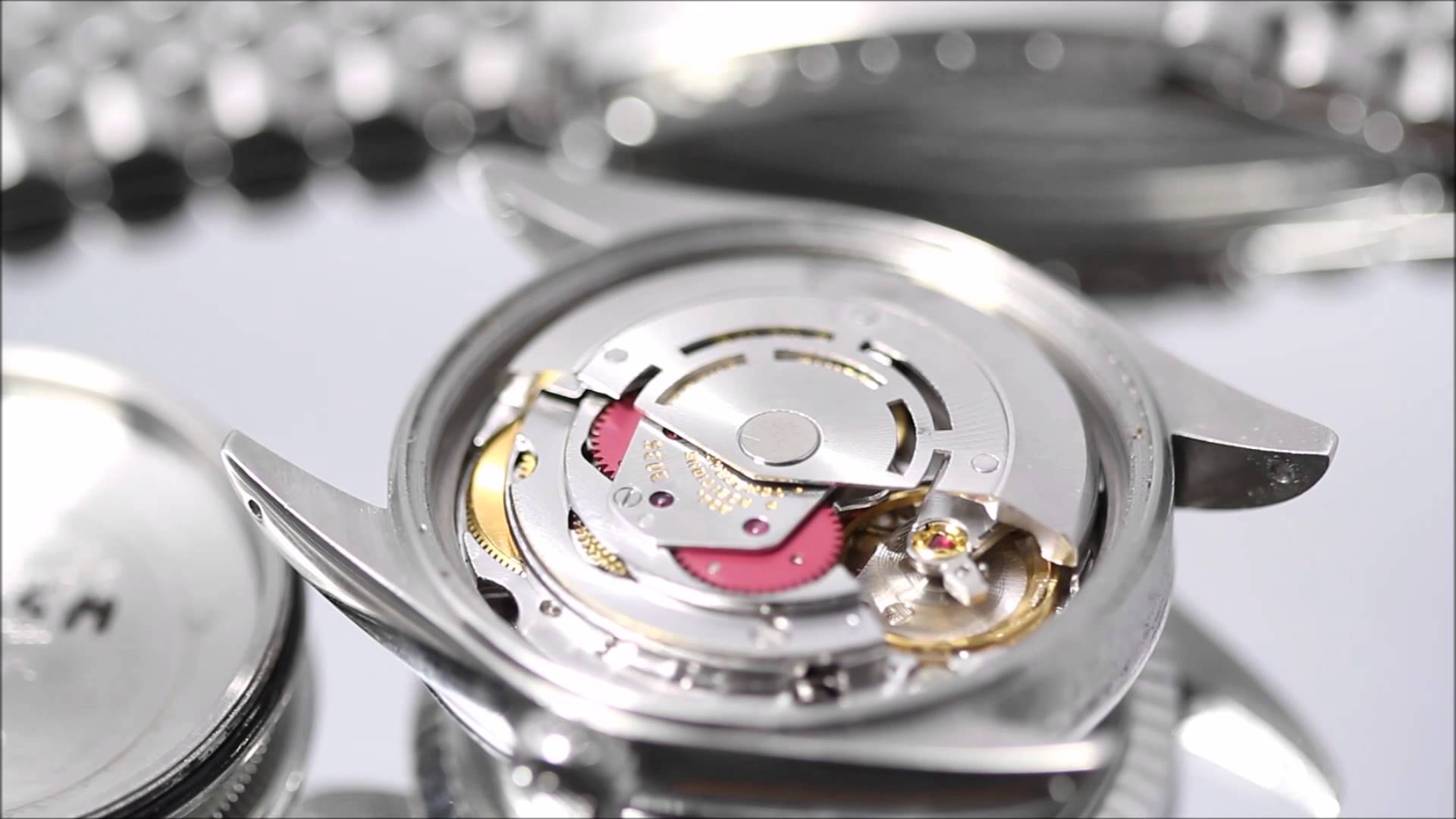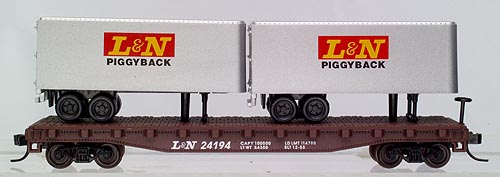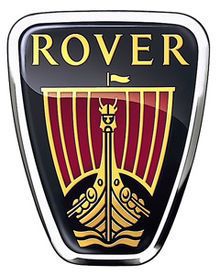History: In the early 1960s both the Royal Marines, then largely based aboard commando carriers, and the British Army required a vehicle that could be carried by air. They had taken delivery of the Westland Wessex helicopter, which could carry a 2,500 lb (1,134 kg) load slung beneath.
The smallest Land Rover available at the time was a Series IIA 88 inch (2235 mm) wheelbase, which was too heavy. Land Rover began work on a lightweight version to fit the specifications in 1965. A new modification to the basic Series IIA was devised by making many body components easily detachable and removing many non-essential items. The result was the Land Rover Half-Ton, known widely as the Lightweight or Airportable. In practice, to reduce weight sufficiently for the helicopters of the day to lift them in combat conditions, the tilt (roof) and sticks, the upper parts of the body, the doors and windscreen were removed, to be refitted later. The most significant change, however, was a reduction in width by 4 inch (100 mm), by redesigning the standard Series IIA axles and fitting shorter half-shafts, which meant it would fit on a standard pallet.
Complete, the Lightweight IIA weighed 2,650 lb (1,202 kg), over the specified weight. The term Lightweight appears misleading as a standard 88 Land Rover weighed 1,318 kg (2,906 lb), but the higher total weight was due to the various frame reinforcement required for military usage. However, with the removable body panels taken-off it was below the limit. Since improvements to the helicopters meant more lift was available, the MoD accepted it for use. The main applications were actually to be shipped by cargo aircraft or stacked on train wagons, with helicopter transport a rare occurrence.
The smallest Land Rover available at the time was a Series IIA 88 inch (2235 mm) wheelbase, which was too heavy. Land Rover began work on a lightweight version to fit the specifications in 1965. A new modification to the basic Series IIA was devised by making many body components easily detachable and removing many non-essential items. The result was the Land Rover Half-Ton, known widely as the Lightweight or Airportable. In practice, to reduce weight sufficiently for the helicopters of the day to lift them in combat conditions, the tilt (roof) and sticks, the upper parts of the body, the doors and windscreen were removed, to be refitted later. The most significant change, however, was a reduction in width by 4 inch (100 mm), by redesigning the standard Series IIA axles and fitting shorter half-shafts, which meant it would fit on a standard pallet.
Complete, the Lightweight IIA weighed 2,650 lb (1,202 kg), over the specified weight. The term Lightweight appears misleading as a standard 88 Land Rover weighed 1,318 kg (2,906 lb), but the higher total weight was due to the various frame reinforcement required for military usage. However, with the removable body panels taken-off it was below the limit. Since improvements to the helicopters meant more lift was available, the MoD accepted it for use. The main applications were actually to be shipped by cargo aircraft or stacked on train wagons, with helicopter transport a rare occurrence.
Railroad/Company: The Rover Company Limited was a British car manufacturing company that operated from its base in Solihull in Warwickshire. Its lasting reputation for quality and performance was such that its first postwar model reviewed by Road & Track in 1952 was pronounced finer than any but a Rolls-Royce. Rover also manufactured the Land-Rover from 1948 onwards, which went on to become its most successful and profitable product — with Land Rover eventually becoming a separate brand in its own right.
Rover was sold to Leyland Motors in 1967, who had already acquired Standard-Triumph seven years earlier. Initially, Rover maintained a level of autonomy within the Leyland conglomerate, but by 1978, Leyland - by then British Leyland (BL) - had run into severe financial difficulties and had been nationalized by the British Government. Most of the assets of the former Rover Company were moved into a new subsidiary named Land Rover Ltd whilst the Rover marque itself continued to be used on other BL products which relied largely on Honda engineering. Rover ultimately became the most prolific brand within BL and gave its name to the entire conglomerate in the form of the Rover Group in 1986, of which Land Rover remained a part until the Rover Group was broken up by BMW in 2000.
Today, the Rover marque is dormant, and is currently owned by the Rover Company's de facto successor - Jaguar Land Rover, which still operates out of Rover's Solihull plant.
From Wikipedia
Rover was sold to Leyland Motors in 1967, who had already acquired Standard-Triumph seven years earlier. Initially, Rover maintained a level of autonomy within the Leyland conglomerate, but by 1978, Leyland - by then British Leyland (BL) - had run into severe financial difficulties and had been nationalized by the British Government. Most of the assets of the former Rover Company were moved into a new subsidiary named Land Rover Ltd whilst the Rover marque itself continued to be used on other BL products which relied largely on Honda engineering. Rover ultimately became the most prolific brand within BL and gave its name to the entire conglomerate in the form of the Rover Group in 1986, of which Land Rover remained a part until the Rover Group was broken up by BMW in 2000.
Today, the Rover marque is dormant, and is currently owned by the Rover Company's de facto successor - Jaguar Land Rover, which still operates out of Rover's Solihull plant.
From Wikipedia
Item Links: We found: 1 different collections associated with Vehicle - Automobile - 1/2 Ton
- Collection N Scale Model Trains: 4 different items.
Item created by: gdm on 2019-08-23 08:01:22
If you see errors or missing data in this entry, please feel free to log in and edit it. Anyone with a Gmail account can log in instantly.
If you see errors or missing data in this entry, please feel free to log in and edit it. Anyone with a Gmail account can log in instantly.








